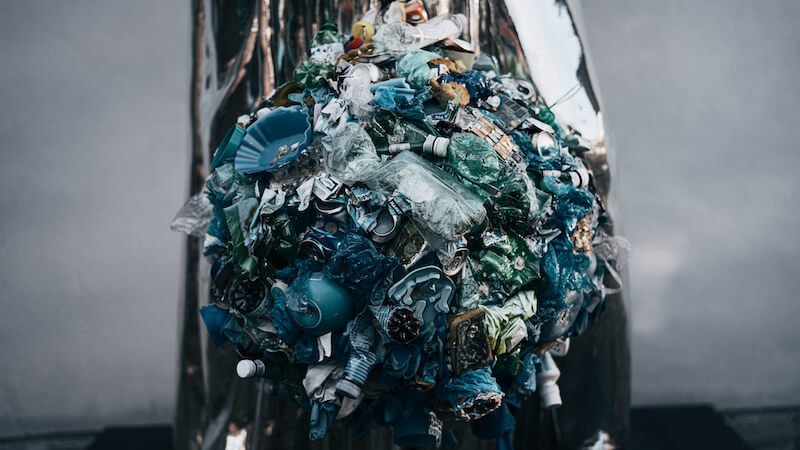
Researchers have developed a method to make soap from non-recyclable plastic waste. This should result in less waste ending up in the environment.
When it comes to our everyday lives, we can hardly avoid one material: plastic. Because of its properties, the material enables the cost-effective production of many products. At the same time, plastic packaging revolutionized logistics. Compared to paper or glass, plastic is light and thus reduces transport costs.
But a problem is becoming more and more apparent. Because more and more plastic ends up in our environment. In addition, the material can only be reused certain times. This leads to more and more plastic ending up in landfills as its quality and strength decline. A research team has now developed a method to reuse this waste sensibly.
Raw materials for soap are made from old plastic waste
Professor Guoliang Liu discovered that plastic can be heated to a certain extent, creating shorter carbon chains. The structure of polyethylene, the most common type of plastic, is very similar to that of fatty acids. As a result, surfactants are created that the industry needs for the production of soap or detergent.
Over the past few months, Guoliang Liu and his team have been experimenting to achieve exactly the right length of the polyethylene chain. They built a small reactor that heats the plastic and cools it down before the chains completely disintegrate. This caused wax to settle around the edges, which can be used to make soap.
Production costs could fall in the medium term
The approach seems to have potential. Because it is the first option for using plastic as soap. The team published their work in the renowned scientific magazine Science. Despite the use of polyethylene in the experiments, this process can also be transferred to the equally commonly used polypropylene.
Even if the development of soap or detergent made from plastic has not progressed very far, such products could soon end up in drugstores. In the long term, reusing the split plastic is likely to be cheaper than using new raw materials. The environment also benefits because the plastic does not end up in landfills.
Also interesting:
Source: https://www.basicthinking.de/blog/2023/09/28/seife-plastik/


